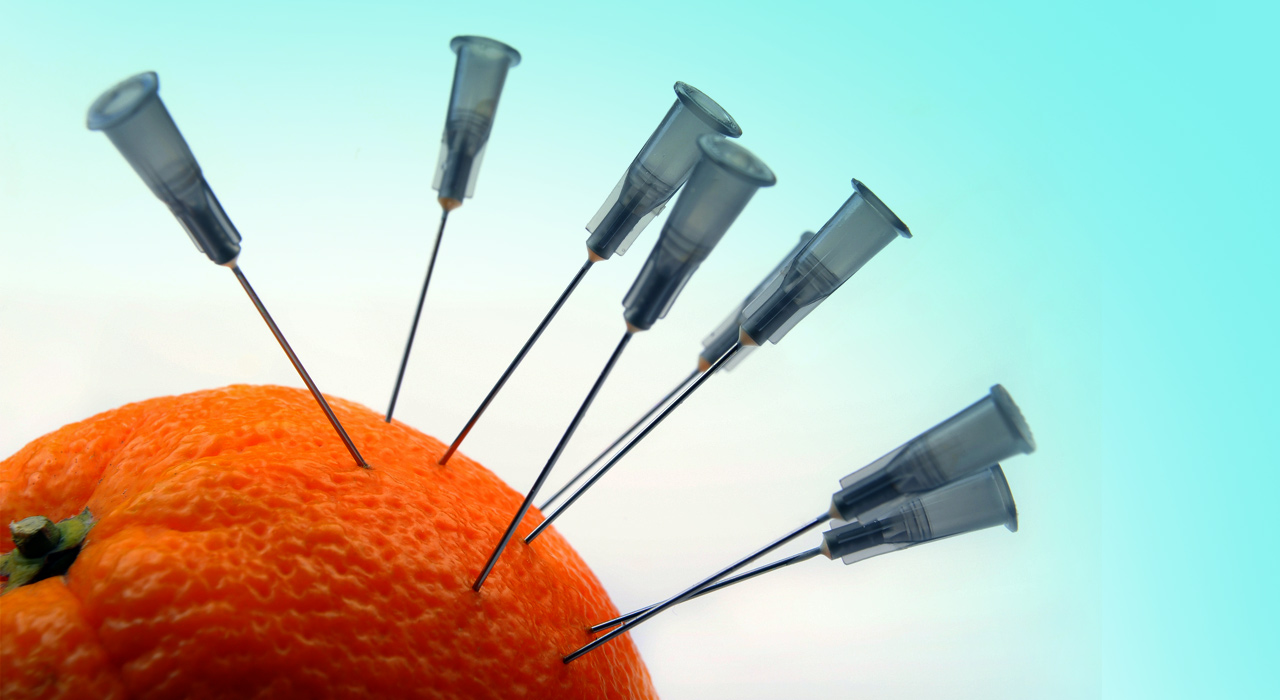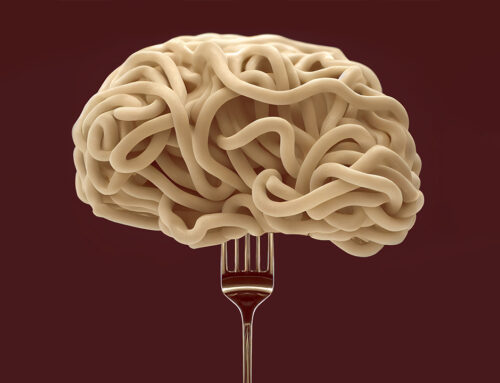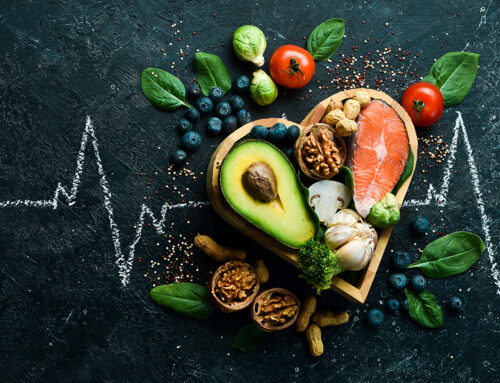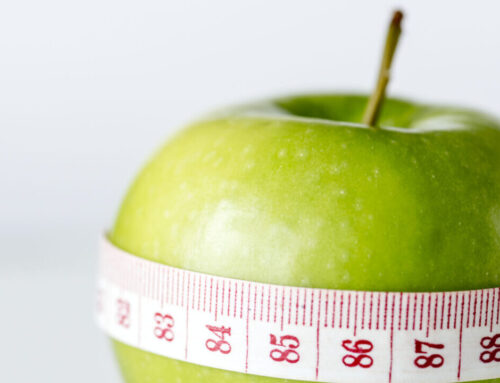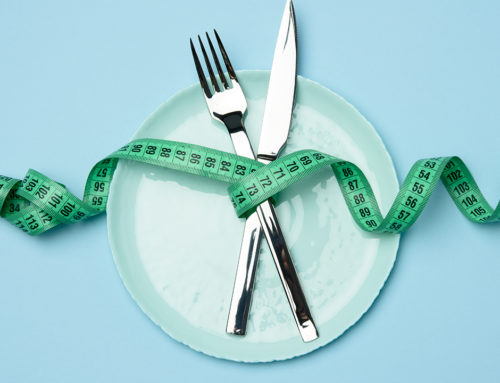Eating the right foods can improve insulin sensitivity but how to lower insulin levels, permanently? Use these food tricks to keep one of your body’s most vital hormones in check so you always feel fit and burn fat.
Your author today is Matt Lovell is a nutritional therapist with a special interest in elite sports performance and a Kinetica Sports brand ambassador.
Run and scoff salads all you want, but if your hormones are even a smidgen off-kilter your body fat will stick like white on rice. Your hormonal signals act as messenger boys between different tissues deciding your overall energy status.
This means they choose whether you burn fat, carbohydrates or protein during your sweat session, and they’re constantly making life- changing calls about how much fat and carbs you should store or use.
Arguably, the most powerful player in your hormonal environment is insulin. It is both the hero and foe you need to stay at a fit weight, so follow this guide and we’ll show you how to lower insulin levels to make you a master of your body fat.
7 ways to improve your insulin sensitivity
What you can do to perfect your insulin sensitivity and get busy getting lean
1. Time your nutrients carefully
Eat low insulin-stimulating foods, when you’re not recovering, directly after training. These are slow digesting and include things like macadamia nuts, bell peppers, broccoli, cabbage, artichoke, avocado and sweet potatoes. Eat at least one fist-sized serving of these each day.
2. Eat different carbs if you’ve trained
The best time to eat fast-digesting foods that hike up your insulin levels is directly after exercise. You can spike your insulin levels to improve your recovery, but you should only do it if you’ve trained several times throughout your day. These foods include things like white potatoes, rice or instant oatmeal, so eat roughly a handful after training to refuel properly.
3. Shut your mouth
Practise intermittent fasting, where you stop eating for 4-6 hours throughout your day, but time your workout right before you fast so your training sessions are energised.
4. How to lower insulin levels with supplements
The best supplements to help you do this include a multivitamin and mineral booster, which your body will use to handle the glucose (energy) in your blood properly. It’s also worth including omega-3 fatty acids and an intra-workout supplement that has alpha-lipoic acid, which will help your body absorb more carbohydrates after exercise so you recover faster.
5. Shore up your internal defence
Polyphenols are a class of chemicals found in plants and act like supercharged antioxidants that neutralise free radicals, reduce inflammation and even slow the growth of tumours. The richest sources are found in foods like chilli peppers, grapefruit, cinnamon, garlic and onions. Make sure you get stuck into these every day to better your chances of getting lean.
6. Change your starbucks order
Switch to decaf coffee because this helps with blood glucose management and prevents type 2 diabetes.
7. Embrace the power of sour
Lemon juice and cider vinegar will slow down your digestion and help keep your insulin in check. You can have a whole lemon and 1-2 teaspoons of the vinegar each day. Have it as a hot drink or mix together as a salad dressing.
Insulin’s job if you’re overweight
• Fat isn’t used or stored properly so it’s left to circulate in your blood vessels.
• Circulating fat causes inflammation and stress, increasing abdominal fat.
• Adds plaque to your arteries.
• Cholesterol is transported poorly.
• Fat become more prone to cause cardiovascular disease.
Insulin’s job if you’re healthy
• Helps you preserve lean muscle.
• Gets energy from your food into your muscles so they can be used.
• Stores too much energy as fat.
Iron out hunger
Iron is vital for energy, especially if you’re an endurance athlete, but you can have too much of a good thing.
A diet high in this mineral suppresses leptin, a hormone that regulates appetite, found research in the Journal of Clinical Investigation.
Eating too much red meat might give you a bottomless pit where your gut once was. Check your levels and find a happy balance with your supplements eating a lot of steaks and the like.
Raising the bar
Made a commitment to eat more greens? Use these salad bar strategies from Kimberly Gomer, director of nutrition at Pritikin Longevity Center, to make sure all that rabbit food really is making you leaner.
Don’t touch
Stay away from extras like bacon bits, pepperoni, cheese, eggs, wonton strips, tortilla chips, coleslaw and potato salad, which are all high in fat and calories.
Also, sodium can hike up your blood pressure and make you retain water, so stay away from salty snacks like breadsticks, trail mix, pickles, nuts and olives.
Finally, dried fruit is often high in calories, so keep off the raisins.
Dig in for gains
The best foods to add to your salad should be high in vitamin A, vitamin C, iron and calcium. You’ll find they tend to be low in salt, which makes them great for weight management and improving insulin sensitivity. The best salad dressing is balsamic vinegar and lemon because it’s lower in calories.
For vitamin A: Carrots, spinach, broccoli, apricots and watermelon.
For vitamin C: Green peppers, tomatoes, corn, strawberries and oranges.
For iron: Spinach and lentils.
For calcium: Cabbage, kale and papaya.
For more articles on how to lower insulin levels, nutrition tips, workouts and supplements, get TRAIN magazine direct into your inbox every month for free by signing up to our newsletter


